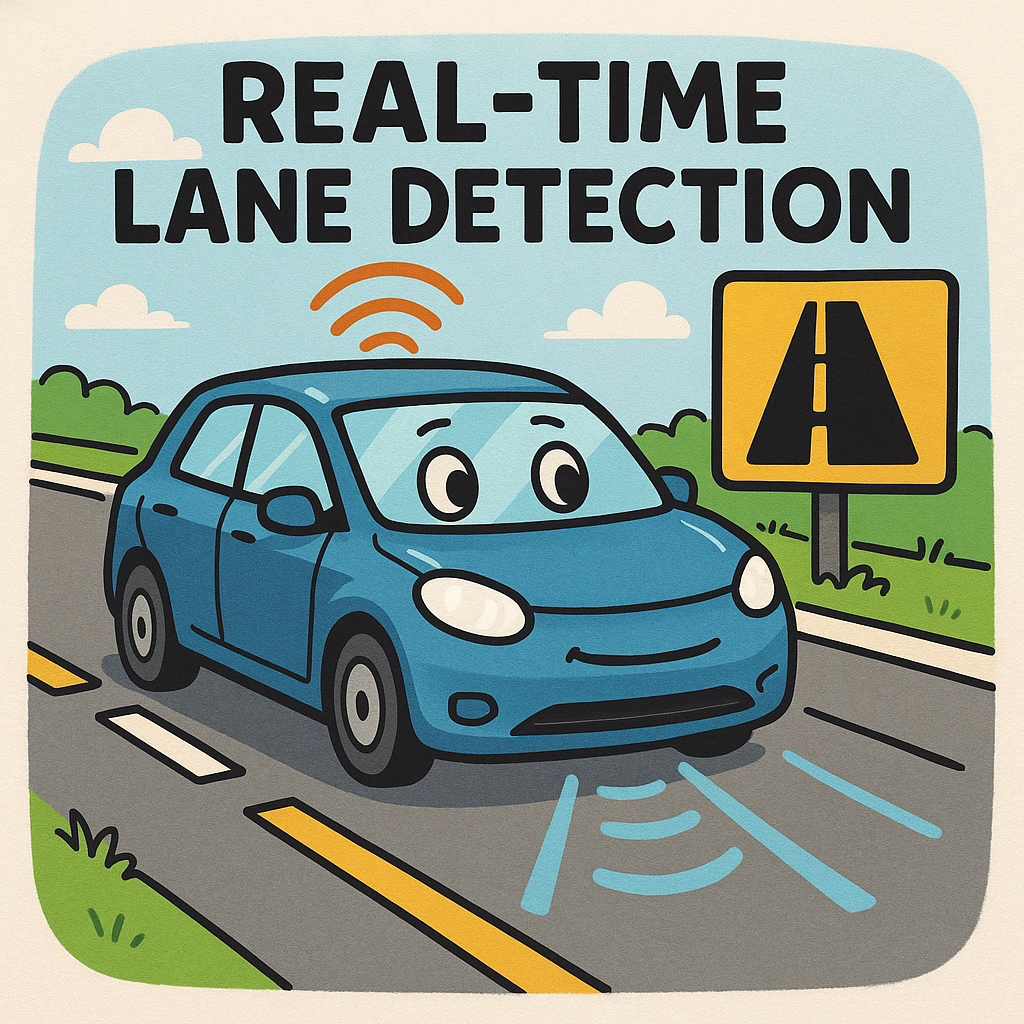Understanding Sensor Fusion in Autonomous Vehicles
In the rapidly evolving field of autonomous vehicles, the effectiveness of lane detection systems is paramount. These systems rely heavily on sensor fusion algorithms that combine data from multiple sources, such as cameras, LiDAR, and radar. The challenge lies not just in accurately detecting lanes but doing so in real-time, which is critical for safe navigation in dynamic environments.
The Challenge of Real-Time Processing
Real-time lane detection requires processing vast amounts of sensor data simultaneously. Traditional algorithms may struggle to achieve the necessary speed and accuracy due to the limitations of the hardware and the complexity of the data involved. For example, camera-based systems can be sensitive to lighting conditions and road surface variations, while LiDAR can struggle with reflective surfaces.
One of the primary challenges engineers face is balancing computational load and latency. High-performance computing resources can process data quickly but are often impractical in embedded systems, where power consumption and size are critical constraints. Thus, optimizing both the hardware and firmware design is crucial.
Machine Learning Techniques for Enhanced Fusion
Machine learning (ML) has emerged as a powerful tool for improving sensor fusion algorithms. By training models on extensive datasets, we can create systems that learn to identify lane markings under various conditions. Convolutional Neural Networks (CNNs) have proven particularly effective for image-based input from cameras, enabling the model to discern features that are indicative of lane markings.
When integrating ML into sensor fusion, we must consider the architecture of the System on Chip (SoC). Modern SoCs often feature dedicated hardware accelerators for ML tasks, such as GPUs or FPGAs. These components can significantly speed up the processing of neural networks, allowing for real-time inference while maintaining low power consumption.
Design Trade-offs in Hardware and Firmware
When designing an SoC for lane detection, engineers must make critical trade-offs. For instance, using a more powerful GPU can enhance processing speed but may lead to higher power consumption and heat generation. Alternatively, optimizing the algorithm to run on a less powerful CPU can reduce costs and power usage but may compromise detection accuracy or speed.
Firmware optimization also plays a key role. Techniques such as quantization can help compress neural networks, allowing them to run efficiently on hardware with limited resources. However, this often leads to a loss of precision, which can impact lane detection reliability. Engineers must carefully evaluate the acceptable thresholds of accuracy loss for their specific use case.
Addressing Environmental Variability
One of the most challenging aspects of lane detection is handling environmental variability. Changes in weather, such as rain or fog, can obscure lane markings, making it difficult for algorithms to maintain accuracy. To address this, data augmentation techniques during model training can simulate diverse conditions, helping the model generalize better to real-world scenarios.
Moreover, sensor redundancy can enhance reliability. By fusing data from multiple sensor types, we can create a more resilient system. For example, if a camera struggles due to glare, LiDAR data can provide complementary information about the lane’s position. The algorithm must be adept at weighing the contributions of each sensor based on their current reliability.
Closing Thoughts on Future Directions
As the industry progresses, the integration of more advanced machine learning techniques, such as reinforcement learning, could further enhance lane detection systems. These approaches can adapt in real-time to changes in the environment, learning from new data as the vehicle operates. The future of lane detection in autonomous vehicles lies in the seamless integration of advanced algorithms, optimized hardware, and a deep understanding of the challenges posed by real-world conditions.



